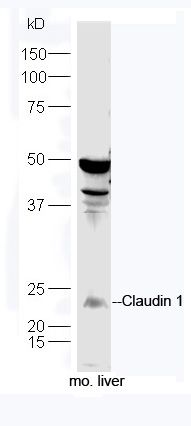Specific References (5) | SL10008R has been referenced in 5 publications.
[IF=3.247] D.L. Wu. et al. Dietary supplementation of free or two fat-coated sodium butyrate with varying release times on gastrointestinal development and tight junctions in preweaning Holstein calves. Anim Feed Sci Tech. 2022 Mar;285:115224 WB ; Cow.
[IF=4.546] Qing Li. et al. Fumonisin B1 Inhibits Cell Proliferation and Decreases Barrier Function of Swine Umbilical Vein Endothelial Cells. Toxins. 2021 Dec;13(12):863 WB ; Pig.
[IF=4.932] Wenjuan Xun. et al. Resveratrol protects intestinal integrity, alleviates intestinal inflammation and oxidative stress by modulating AhR/Nrf2 pathways in weaned piglets challenged with diquat. Int Immunopharmacol. 2021 Oct;99:107989 WB ; Pig.
[IF=2.914] Xiaoli Gao. et al. Effects of Clostridium perfringens beta2 toxin on apoptosis, inflammation, and barrier function of intestinal porcine epithelial cells. Microb Pathogenesis. 2020 Oct;147:104379 WB ; Pig.
